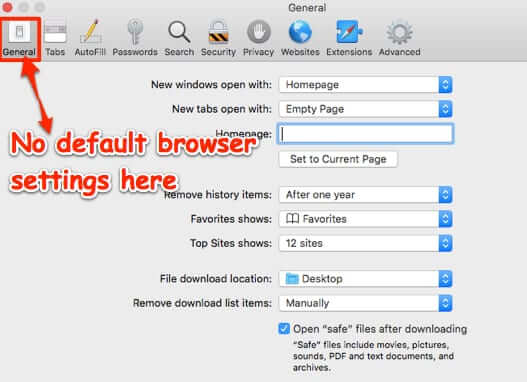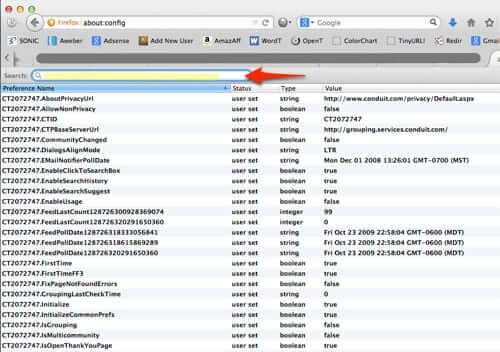Tag: safari
Here’s How to Send a Link to Your Browser on Your Computer from Your iPhone!
You know how sometimes you are looking at your browser on your phone, and want to send the link to yourself so that you can open it in your browser on your computer? How often have you thought “I wish I could just transmit the link to my computer and it would automatically open the page in my browser”? Well read on!
The Pros and Cons of Using the Chrome Password Manager
When you use Google Chrome and enter a password on a site that requires you to sign up or sign in, you normally get a notification asking you to choose to save the password or not. That, right there, is Google Password Manager, commonly known as Chrome Password Manager, sending…
Does Private or Incognito Mode Make Browsing Anonymous?
By now you know that your online activities are an open secret and can be tracked by various parties. While some users resort to deploying VPNs, others activate the incognito or private mode when browsing to keep their online activities away from prying eyes. So, how private is the incognito…
Safari Opening Even Though it’s Not Your Default Web Browser? Here’s How to Set Your Default Web Browser after the 2018 Update
It’s happened to more than a few of you. You know that your default browser isn’t Safari, and yet when you click on links in email or other apps, Safari opens, even though the default browser you set is also open. Here’s how to fix it.
How to Stop Videos from Autoplaying on Facebook and other Websites
If you are like countless other users who are tired of autoplay videos on Facebook (and other websites), here is how to stop videos from automatically playing on Facebook and other sites, on your iPhone or Android phone, and in Firefox, Chrome, Safari, and even Internet Explorer (IE).
Google Slapped for Continuing to Collect Personal Data from Safari
Google is again blaming technical glitches for violating privacy policies and collecting personal data, this time from those using Apple’s Safari web browser. Google has agreed to pay the Federal Trade Commission $22.5 million – the largest amount that the FTC has ever fined – because they sneakily undermined the privacy settings of millions of Safari users by using computer code to trick Safari into granting Google access to user activity through cookies.
Google Comes to iOS 6 Map Users’ Rescue with New Mobile Mapping for Mobile Browsers Including Safari
Google Street View is back for iOS 6 users. It seems that Google is the knight in shining armor to the whole Mapplegate fiasco that has left scores of iOS 6 users frustrated with the quality of Apple maps. The victory is small, but at this point, iOS 6 users will take any scrap thrown their way.
How to Search for Something on a Web Page on the iPad and iPhone
More and more, people are performing web searches on their smart phones. It’s great to be able to do that, but it also can be frustrating to try to find what you’re looking for on that tiny screen, or without the full tools available to you with a keyboard or mouse. For example, how can you easily search for and jump to a particular word or term that’s down towards the bottom of a web page, and not visible at the top of the page?
A “Do Not Track” Button in Every Browser: Google, Firefox, Microsoft and Apple Formally Agree
Google, Microsoft, Apple, and Firefox’s Mozilla, have at last formally agreed to include a “Do Not Track” button (DNT button) in every browser. {Let’s take this opportunity to explain that the way this works is that using the “Do Not Track” option inserts a special “Do Not Track” header into your browser. In fact, as we shall see, there may not even be a DNT button involved – you may need to be a super-user type to even find the “Do Not Track” option.} Their capitulation comes just before the Obama administration’s appeal to Congress to pass a “privacy bill of rights”, but don’t expect it to mean that they won’t still be mining your data. (P.S. See below for how to enable Do Not Track in Safari.)








